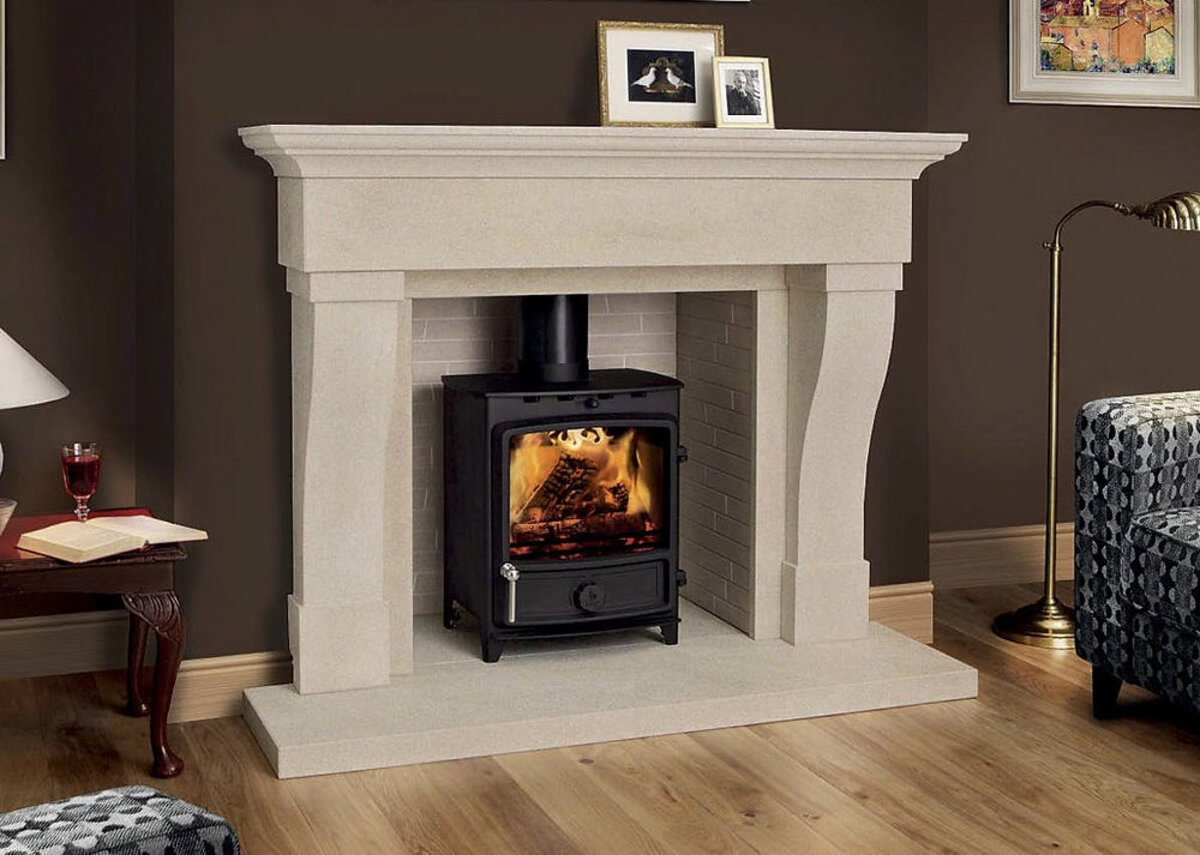

Articles
How To Clean Limestone Fireplace
Modified: December 7, 2023
Learn the best techniques for cleaning your limestone fireplace with our informative articles. Keep your fireplace looking pristine and beautiful.
(Many of the links in this article redirect to a specific reviewed product. Your purchase of these products through affiliate links helps to generate commission for Storables.com, at no extra cost. Learn more)
Introduction
A limestone fireplace can be a stunning centerpiece in any home. Its natural beauty and distinct texture create a sense of elegance and warmth. However, over time, the fireplace may accumulate dirt, grime, and soot, which can detract from its visual appeal. Proper cleaning and maintenance are essential to preserve the beauty of your limestone fireplace. In this article, we will guide you through the step-by-step process of cleaning a limestone fireplace to restore its original luster.
Before we begin, it’s important to note that the cleaning methods and solutions mentioned in this article are specifically for limestone fireplaces. Limestone is a porous and delicate material, and using the wrong cleaning agents can cause damage. We advise caution and recommend testing the cleaning solution in an inconspicuous area before applying it to the entire fireplace.
To effectively clean a limestone fireplace, you will need a few supplies. These include:
- Soft-bristle brush
- Clean, lint-free cloths
- Bucket
- Pure soap flakes or a neutral pH stone cleaner
- Water
- Protective gloves
Now, let’s move on to the preparation stage before cleaning the fireplace.
Key Takeaways:
- Restore the natural beauty of your limestone fireplace by following a gentle cleaning process using the right supplies and techniques. Optional sealing can provide added protection for easier maintenance in the future.
- Proper maintenance and gentle cleaning are essential for preserving the elegance of your limestone fireplace. Take pride in caring for this stunning centerpiece in your home to ensure its continued beauty and warmth.
Read more: How To Care For Limestone Countertops
Gather the necessary supplies
Before cleaning your limestone fireplace, it’s important to gather all the necessary supplies. This will ensure that you have everything you need at hand and that the cleaning process goes smoothly. Here’s a list of the supplies you will need:
- Soft-bristle brush: Choose a brush with soft bristles to avoid scratching or damaging the limestone surface. A brush with a handle will provide better control during the cleaning process.
- Clean, lint-free cloths: These cloths will be used to wipe away dirt, debris, and excess cleaning solution. Make sure the cloths are lint-free to prevent leaving behind any residue.
- Bucket: You’ll need a bucket to mix the cleaning solution and hold water for rinsing.
- Pure soap flakes or a neutral pH stone cleaner: Limestone is sensitive to harsh chemicals, so it’s important to use a gentle cleaner. Pure soap flakes or a neutral pH stone cleaner are ideal for cleaning limestone.
- Water: You’ll need water to dilute the cleaning solution, rinse the fireplace, and dampen the cloths for cleaning.
- Protective gloves: It’s a good idea to wear protective gloves while cleaning to protect your hands from the cleaning solution and any potential irritants.
By gathering these supplies in advance, you will be well-prepared to tackle the cleaning process and ensure that your limestone fireplace receives the care it deserves.
Preparation
Before you start cleaning your limestone fireplace, it’s important to take certain precautions and prepare the area for the cleaning process. Here are the steps you should follow:
- Protect the surrounding area: Cover the floor and any nearby furniture with plastic sheets or drop cloths to prevent any cleaning solution or debris from staining or damaging the surfaces.
- Ventilate the room: Open windows or use fans to ensure proper ventilation during the cleaning process. This will help dissipate any fumes from the cleaning solution and prevent a buildup of moisture.
- Wear protective clothing: It’s recommended to wear old, comfortable clothing that you don’t mind getting dirty. Additionally, wear protective goggles and a face mask to shield yourself from any potential splashes or airborne particles.
- Prepare the cleaning solution: If you’re using pure soap flakes, follow the instructions on the packaging to make the cleaning solution. If you’re using a neutral pH stone cleaner, mix it with water according to the manufacturer’s guidelines. Make sure to use the recommended dilution ratio to avoid damaging the limestone.
Once you’ve completed these preparation steps, you’ll be ready to start cleaning your limestone fireplace. The next section will guide you through the process of dusting and removing debris from the fireplace.
Dust and Remove Debris
Before you begin deep cleaning your limestone fireplace, it’s important to remove any loose dust and debris that may have accumulated on the surface. This will prevent these particles from scratching or damaging the limestone during the cleaning process. Follow these steps to effectively dust and remove debris from your fireplace:
- Put on your protective gloves to shield your hands.
- Using a soft-bristle brush, gently brush the entire surface of the fireplace, including the hearth, mantel, and surround. Ensure that you reach into any crevices or carved details.
- Be cautious not to apply too much pressure or use a rough brush that could scratch the limestone. The goal is to dislodge and remove the loose dust and debris without causing any damage.
- As you brush, use a dustpan or vacuum cleaner to collect the loosened dust and debris, keeping the surrounding area clean and free from clutter.
- If there are any small, stubborn particles that the brush couldn’t remove, you can gently wipe them away with a clean, lint-free cloth. Be careful not to rub too vigorously, as this could cause scratching.
Once you have thoroughly dusted and removed debris from your limestone fireplace, you’re ready to move on to the next step: mixing a cleaning solution. This will help you effectively clean and restore the natural beauty of the limestone surface.
Mix a Cleaning Solution
Creating the right cleaning solution is crucial to ensure that your limestone fireplace is effectively cleaned without causing any damage. Limestone is a sensitive material that can be easily etched or stained by harsh chemicals, so it’s important to use a gentle and suitable cleaning solution. Follow these steps to mix a cleaning solution for your limestone fireplace:
- Fill a bucket with warm water. The water should be at a comfortable temperature to work with.
- If you’re using pure soap flakes, measure the recommended quantity based on the instructions provided on the packaging. Add the soap flakes to the warm water in the bucket.
- If you’re using a neutral pH stone cleaner, follow the manufacturer’s guidelines regarding the dilution ratio. Measure the appropriate amount of the cleaner and add it to the warm water.
- Use a clean stirrer or spoon to gently mix the cleaning solution until the soap flakes or stone cleaner are fully dissolved in the water.
- Once the cleaning solution is mixed, allow it to sit for a few minutes to ensure that it’s well combined and ready for use.
It’s important to note that if you’re using a stone cleaner, make sure it is specifically formulated for limestone. Using a cleaner that is not suitable for limestone can lead to discoloration or other damage.
Now that you have your cleaning solution ready, you can proceed to the next step: applying the cleaning solution to the limestone fireplace.
Read more: How To Clean A Fireplace Chimney
Apply the Cleaning Solution
Now that you have mixed your cleaning solution, it’s time to apply it to your limestone fireplace. This step will help break down dirt, grime, and any stubborn stains, preparing the surface for a thorough cleaning. Follow these steps to apply the cleaning solution:
- Dip a clean, lint-free cloth or sponge into the bucket containing the cleaning solution.
- Wring out any excess liquid to avoid saturating the limestone surface.
- Begin applying the cleaning solution to the fireplace, starting from the top and working your way down. This will prevent any drips from causing streaks or damage to already cleaned areas.
- Gently rub the cloth or sponge in circular motions or along the grain of the limestone. This will help loosen dirt and stains without causing any abrasions or scratches.
- Pay extra attention to areas with noticeable dirt or stains, applying a bit more pressure if necessary. However, be cautious to avoid scrubbing too vigorously, as this can damage the limestone surface.
- Continue applying the cleaning solution to the entire fireplace, making sure to reach into any crevices or carved details.
It’s important to work in small sections at a time to prevent the cleaning solution from drying out on the surface. This will ensure that the solution has enough time to penetrate and break down any dirt or stains.
Once you have applied the cleaning solution to the entire limestone fireplace, the next step is to scrub the fireplace to remove any stubborn stains and dirt buildup. We’ll cover this in the following section.
Use a soft brush or vacuum with a brush attachment to remove loose dirt and debris from the limestone fireplace. Avoid using acidic or abrasive cleaners that can damage the stone. Instead, use a mild detergent and water solution to gently clean the surface.
Scrub the Fireplace
Now that you have applied the cleaning solution to your limestone fireplace, it’s time to scrub away any stubborn stains and dirt buildup. This step will help you achieve a deep and thorough cleaning. Follow these steps to effectively scrub your fireplace:
- Take a soft-bristle brush and wet it with the cleaning solution from the bucket.
- Gently scrub the limestone surface using circular motions or along the grain of the stone.
- Pay close attention to areas with visible stains or dirt, applying slightly more pressure. However, be careful not to scrub too aggressively, as this can scratch or damage the limestone.
- Work in small sections, focusing on one area at a time. This will ensure that each section receives proper attention and allows you to monitor the cleaning progress.
- If needed, you can dip the brush back into the cleaning solution to replenish it as you go along.
- Continue scrubbing the entire fireplace, including the hearth, mantel, and surround. Take your time and be thorough to achieve the best results.
It’s important to remember that limestone is a delicate material, so avoid using abrasive cleaners or harsh brushes that can damage the surface. Stick to a soft-bristle brush and apply gentle pressure to avoid any potential harm.
Once you have thoroughly scrubbed the fireplace, the next step is to rinse off the cleaning solution. We’ll cover that in the following section.
Rinse the Fireplace
After scrubbing the limestone fireplace to remove dirt and stains, it’s important to rinse off the cleaning solution to reveal the clean and refreshed surface underneath. This step will help remove any remaining residue and ensure a thorough cleaning. Follow these steps to effectively rinse your fireplace:
- Fill a clean bucket with warm water.
- Take a clean, lint-free cloth or sponge and dampen it in the bucket of water.
- Wring out any excess water to avoid over saturating the limestone surface.
- Starting from the top of the fireplace, gently wipe the damp cloth or sponge over the entire surface, including the hearth, mantel, and surround.
- Continue rinsing the fireplace in small sections, being diligent in removing any traces of the cleaning solution.
- As the cloth or sponge becomes dirty, rinse it out in the bucket of water and wring it out before continuing.
- Be sure to thoroughly rinse all areas of the fireplace, paying extra attention to any areas where the cleaning solution may have accumulated.
By rinsing the fireplace, you ensure that no cleaning solution residue remains on the limestone surface. This step is crucial to prevent any potential discoloration or build-up over time.
Once you have completed the rinsing process, it’s important to dry the fireplace properly to prevent any water spots or damage. We’ll cover that in the next section.
Dry the Fireplace
Properly drying your limestone fireplace is essential to prevent water spots, streaks, or potential damage to the surface. This step will ensure that your fireplace looks clean and pristine once the cleaning process is complete. Follow these steps to effectively dry your fireplace:
- Take a clean, lint-free cloth or towel and gently pat the limestone surface to absorb excess moisture. Avoid rubbing or scrubbing, as this can potentially scratch or damage the stone.
- Continue patting the entire fireplace, including the hearth, mantel, and surround. Pay extra attention to any areas that may still be damp.
- If needed, use a clean, dry cloth or towel to further dry the surface. Ensure that the cloth is lint-free to prevent leaving behind any fibers.
- If you have a fireplace grate or any decorative accessories on the hearth, make sure to dry them thoroughly as well to prevent rust or water damage.
- Allow the fireplace to air dry for a few hours to ensure that all moisture has evaporated.
It’s important not to use any heat sources, such as a hairdryer or portable heater, to speed up the drying process. Direct heat can potentially cause thermal stress and damage the limestone.
Once the fireplace is completely dry, you can choose to take an optional step: sealing the limestone. This will help protect the surface from future stains and make it easier to clean in the future. We’ll discuss this in the next section.
Read more: How To Clean An Electric Fireplace
Seal the Limestone (Optional)
Sealing the limestone fireplace is an optional step that can provide added protection and enhance the longevity of the stone. Sealing creates a protective barrier on the surface, making it more resistant to stains and water damage. If you decide to seal your limestone fireplace, follow these steps:
- Ensure that the limestone surface is completely clean and dry before applying the sealer. Any dirt, dust, or moisture left on the surface can interfere with the sealing process.
- Choose a high-quality limestone sealer that is specifically designed for porous stones.
- Read the manufacturer’s instructions carefully to ensure proper application and drying times.
- Apply the sealer evenly to the limestone surface using a clean, lint-free cloth or sponge, following the manufacturer’s guidelines.
- Allow the sealer to penetrate the stone for the recommended time specified by the manufacturer.
- After the specified time has passed, use a clean, dry cloth to gently buff any excess sealer from the fireplace. This will help prevent any streaks or a sticky residue.
- Let the sealer dry completely as per the manufacturer’s instructions before using the fireplace.
- Keep in mind that sealing is not a one-time process and may need to be reapplied periodically, depending on the type of sealer and the level of usage.
Sealing your limestone fireplace can provide an extra layer of protection and make future cleaning easier. However, it’s important to note that sealing is not necessary for all limestone fireplaces. Some types of limestone may have natural resistance to stains and may not require additional sealing. If in doubt, consult with a professional or the manufacturer for guidance on whether to seal your specific type of limestone.
Now that your limestone fireplace is clean, dry, and optionally sealed, it’s time to enjoy its renewed beauty and warmth. Regular maintenance and gentle cleaning will help ensure that your fireplace continues to be a stunning centerpiece in your home for many years to come.
I hope this guide was helpful in cleaning and maintaining your limestone fireplace. Stay tuned for more articles on home improvement tips and maintenance!
Conclusion
Cleaning a limestone fireplace doesn’t have to be a daunting task. With the right supplies and proper techniques, you can restore the natural beauty of your fireplace and keep it looking stunning for years to come. In this article, we covered the step-by-step process of cleaning a limestone fireplace, from gathering the necessary supplies to optionally sealing the stone for added protection.
Remember, when cleaning a limestone fireplace, it’s essential to use gentle cleaning agents and avoid harsh chemicals that can damage the delicate surface. Always test any cleaning solution in an inconspicuous area before applying it to the entire fireplace.
By dusting and removing debris, mixing a suitable cleaning solution, applying it to the surface, scrubbing away stubborn stains, thoroughly rinsing the fireplace, and properly drying it, you can achieve a deep and thorough cleaning. Optional sealing can provide additional protection to the limestone, making future cleaning easier and helping to prevent stains and water damage.
Regular maintenance and gentle cleaning are key to maintaining the beauty of your limestone fireplace. By following the steps outlined in this article, you can keep your fireplace looking pristine and create a warm and inviting atmosphere in your home.
I hope this article has provided you with the guidance and information needed to clean your limestone fireplace effectively. Remember to enjoy the process and take pride in the care you give to this stunning centerpiece in your home.
Thank you for reading, and may your limestone fireplace continue to bring warmth and beauty to your living space!
Frequently Asked Questions about How To Clean Limestone Fireplace
Was this page helpful?
At Storables.com, we guarantee accurate and reliable information. Our content, validated by Expert Board Contributors, is crafted following stringent Editorial Policies. We're committed to providing you with well-researched, expert-backed insights for all your informational needs.
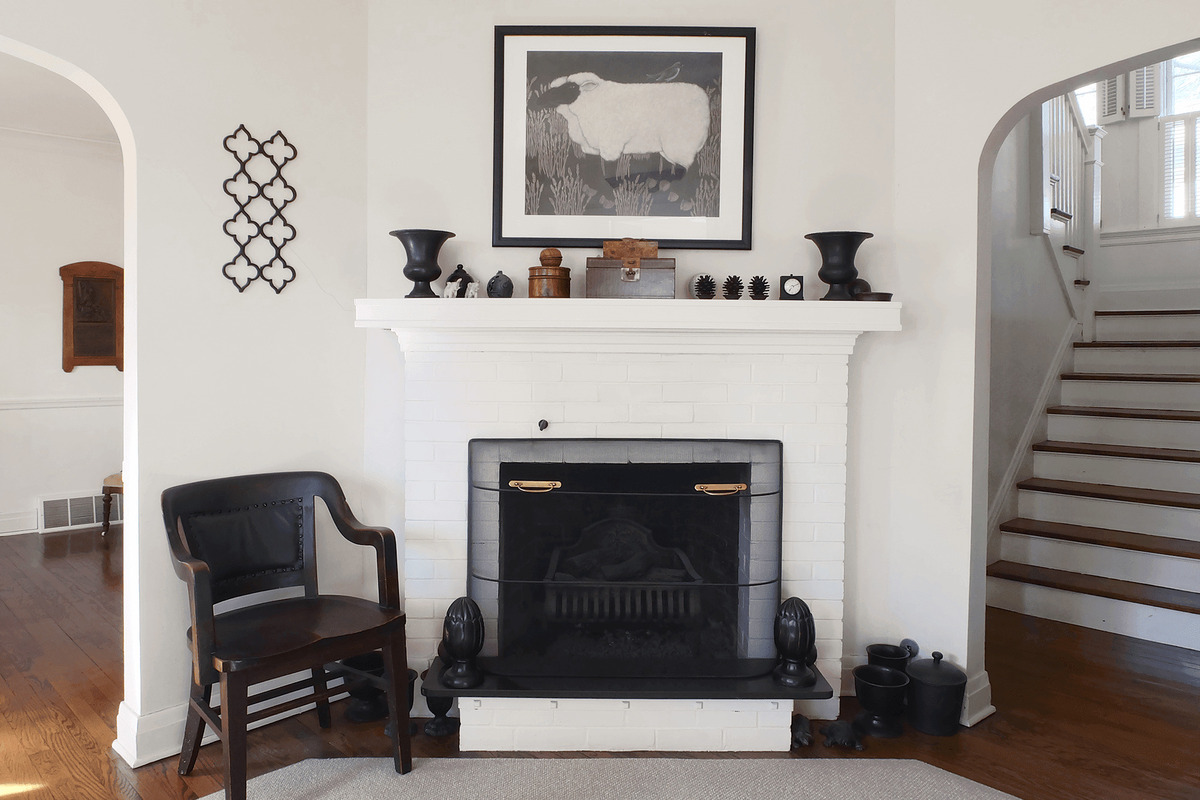
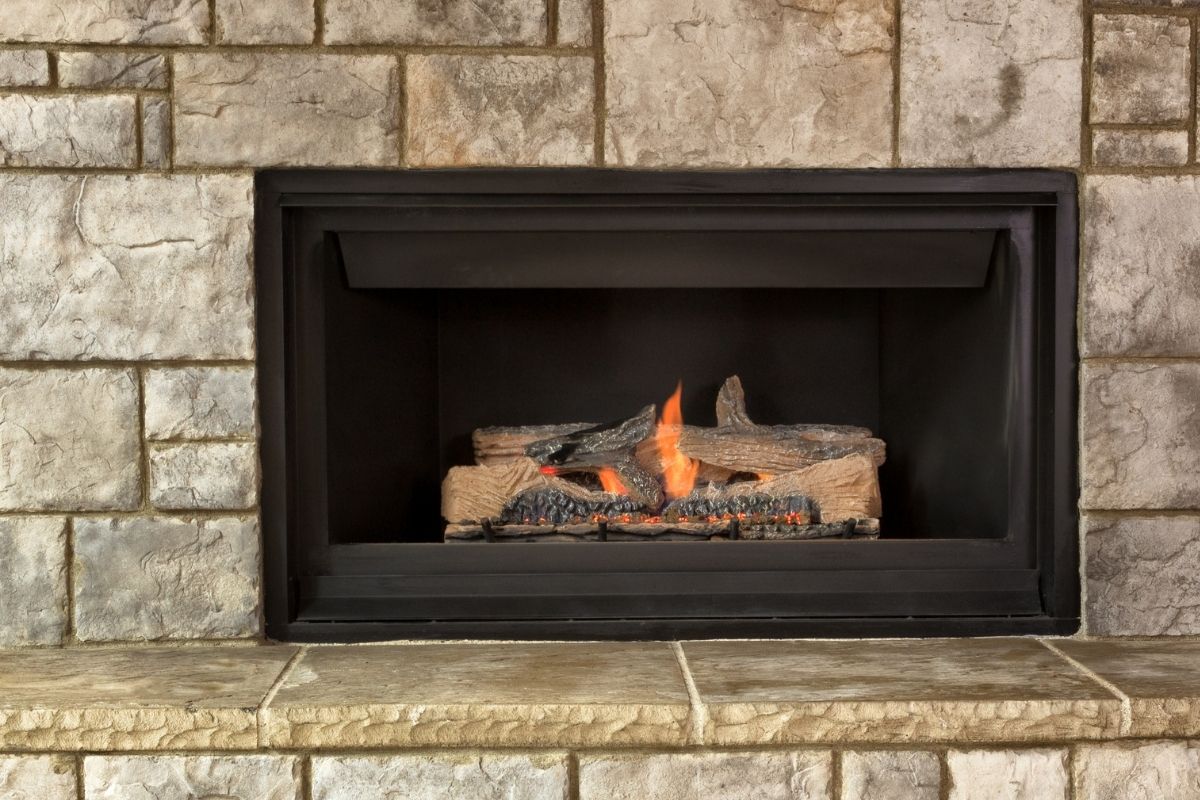

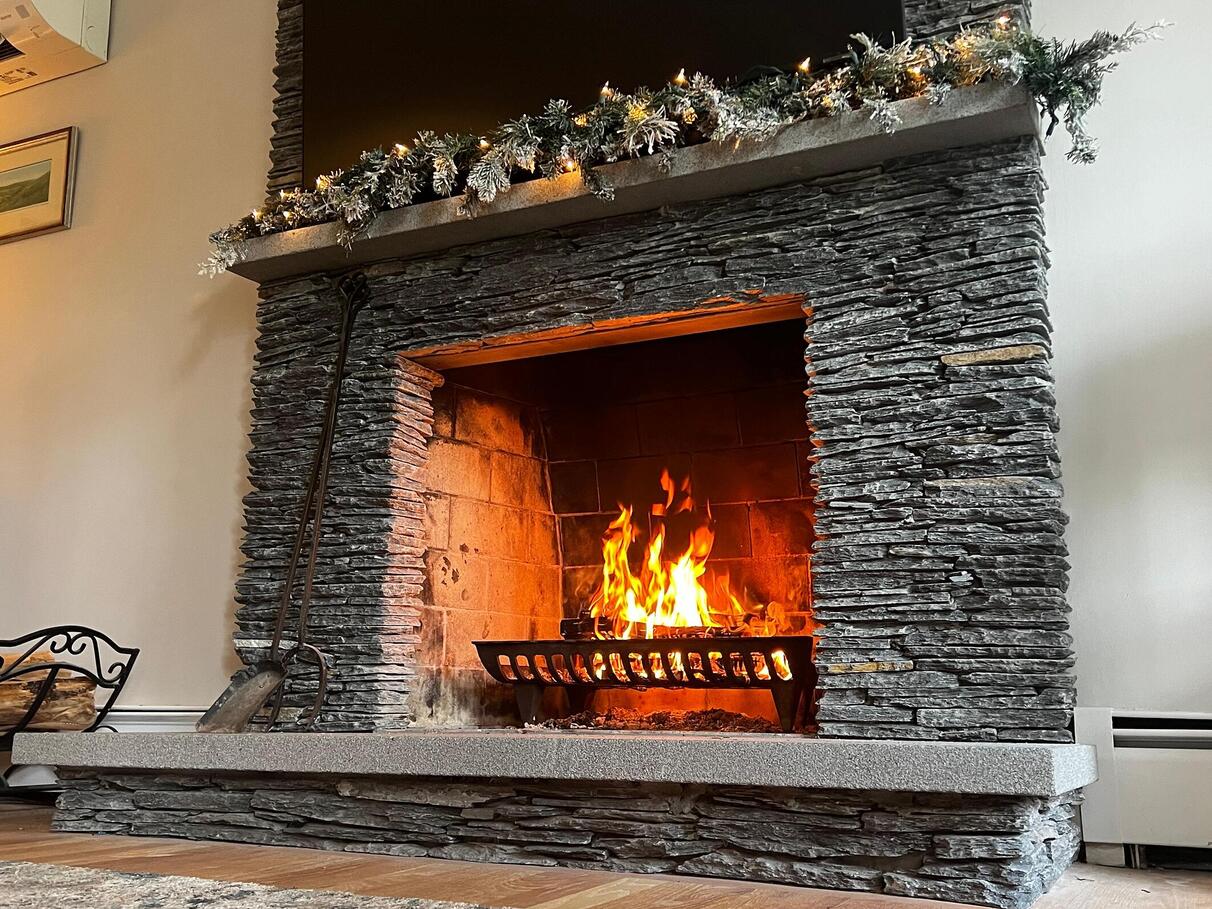
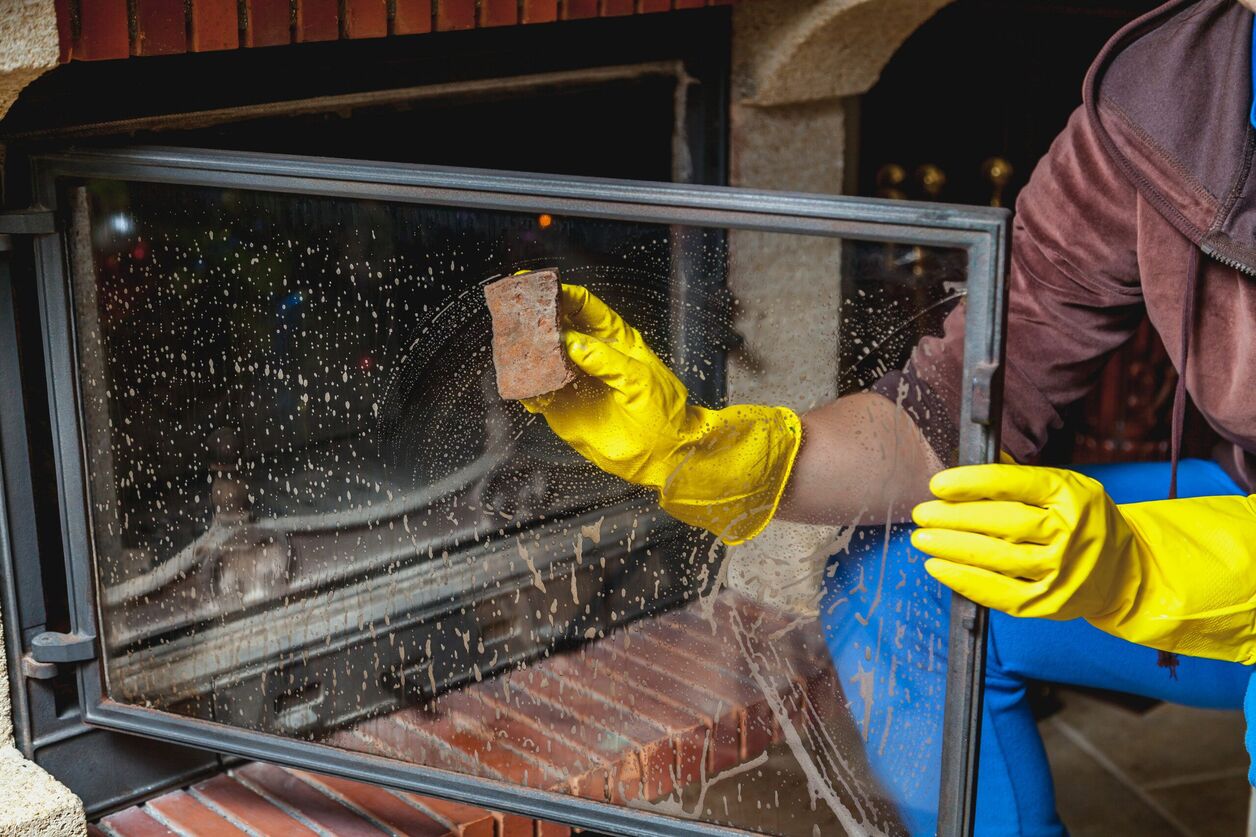

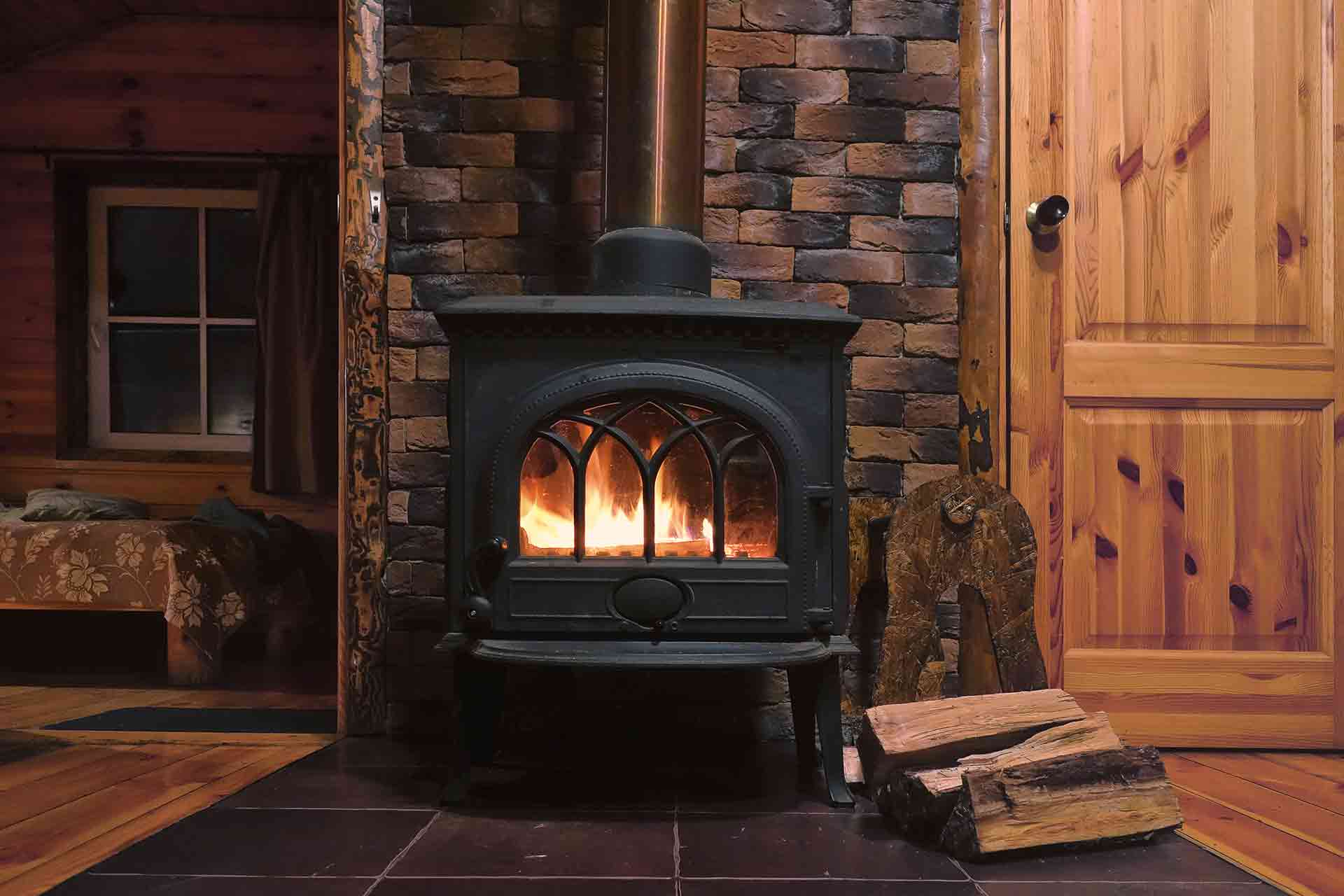


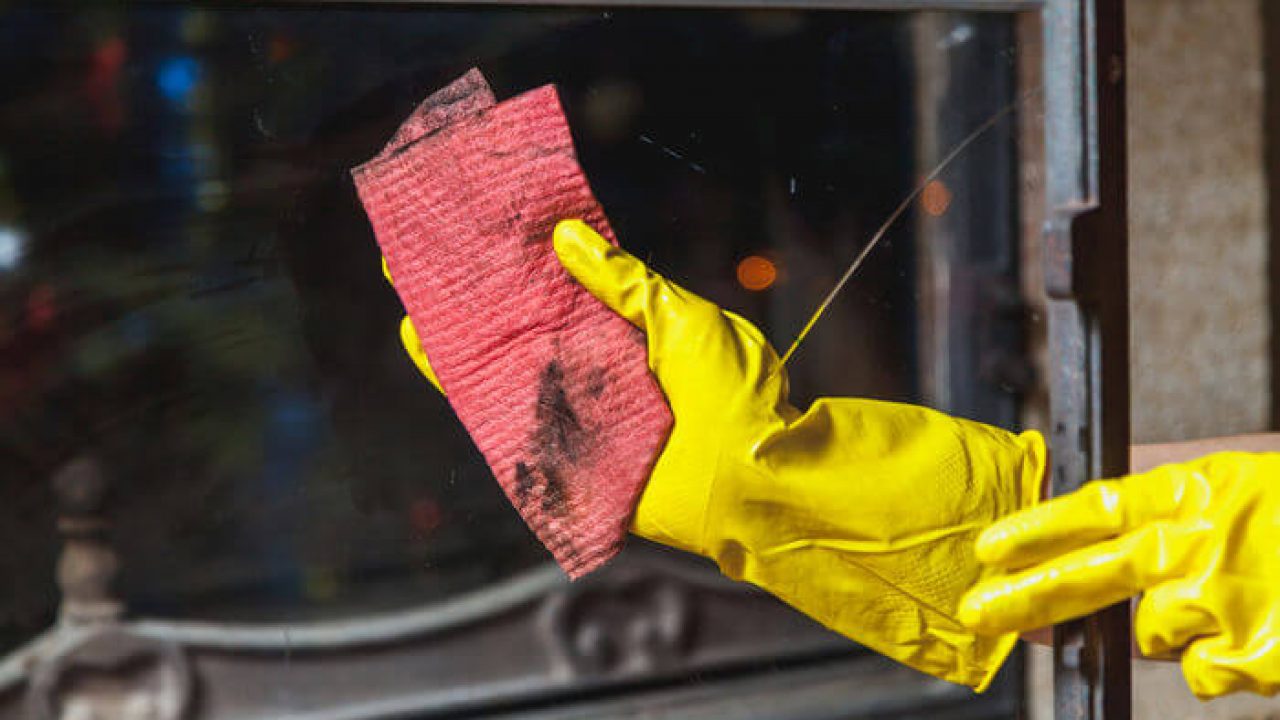
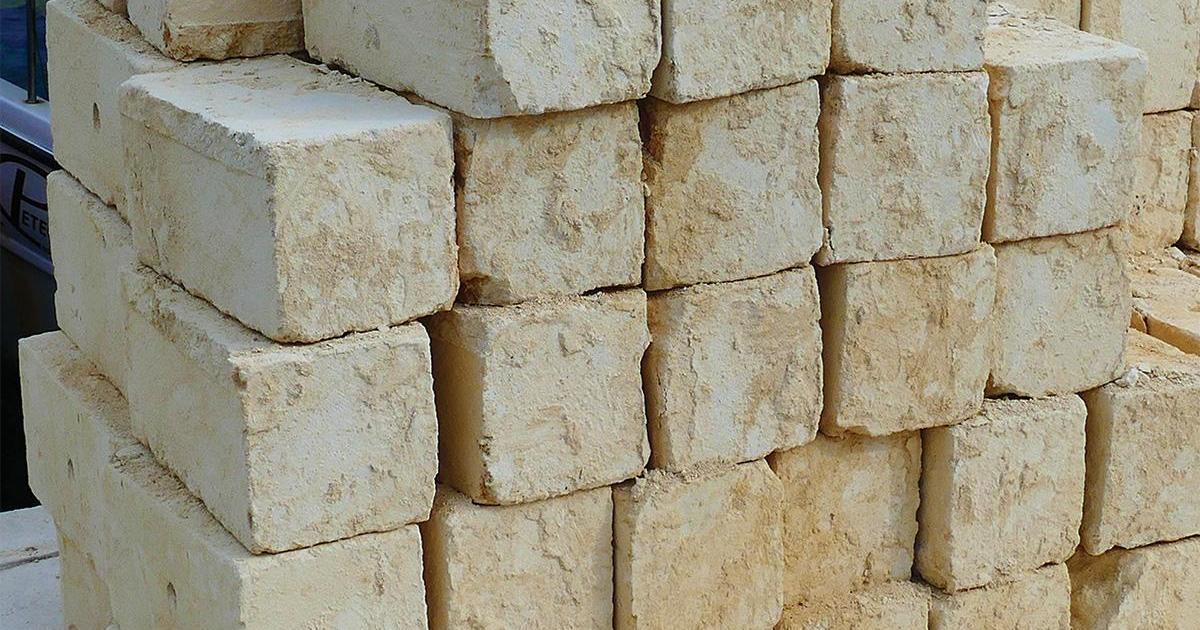
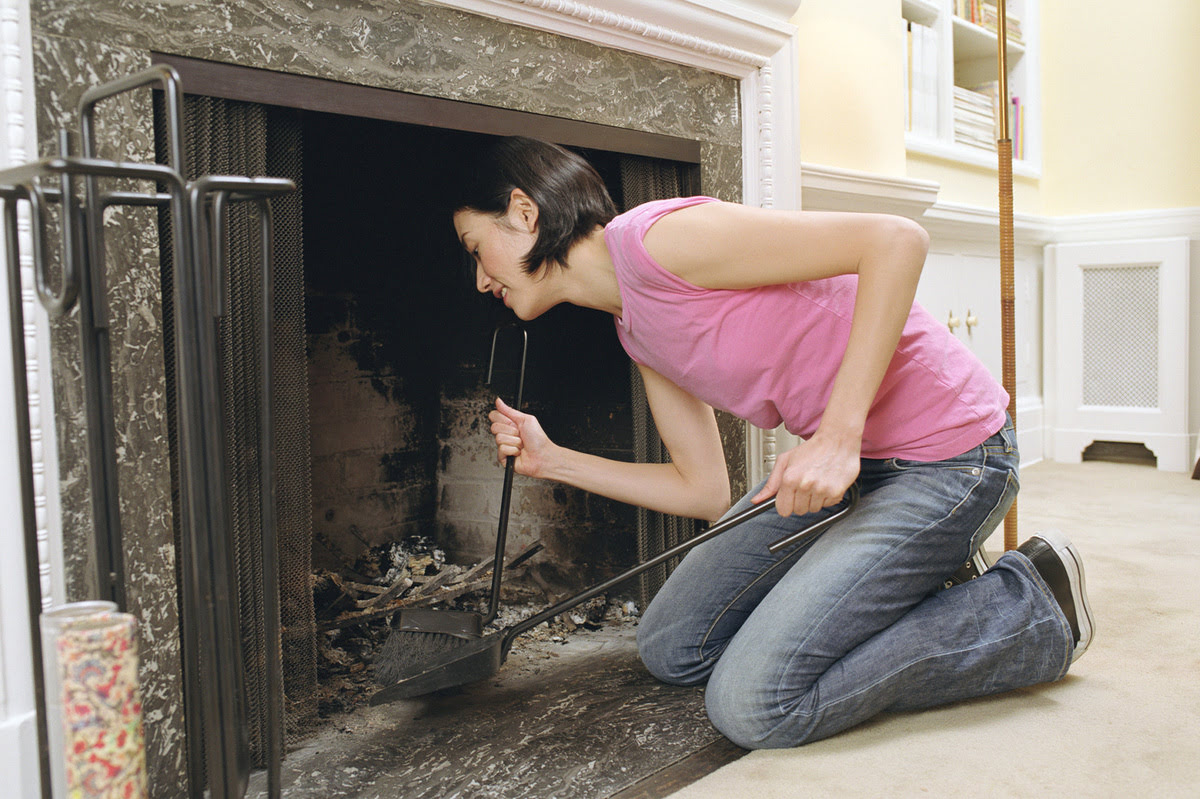
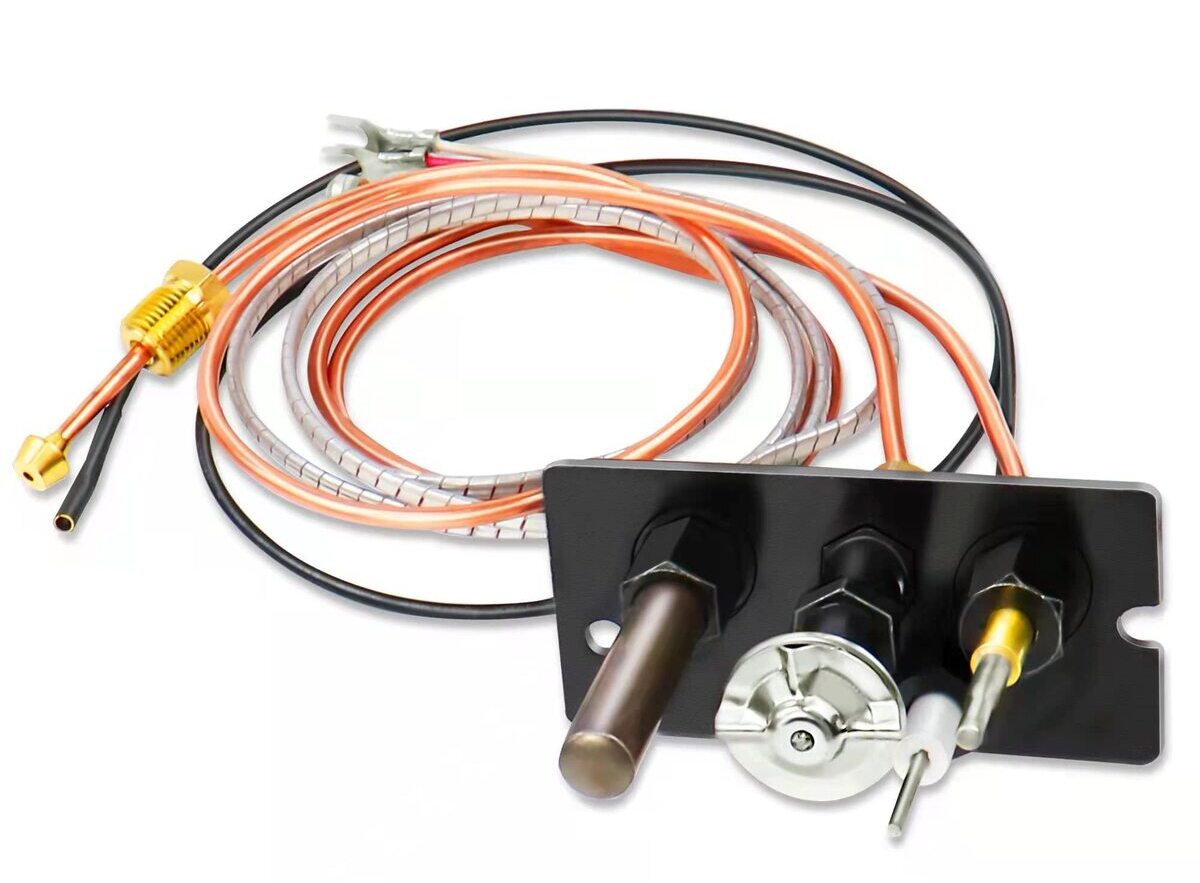

0 thoughts on “How To Clean Limestone Fireplace”